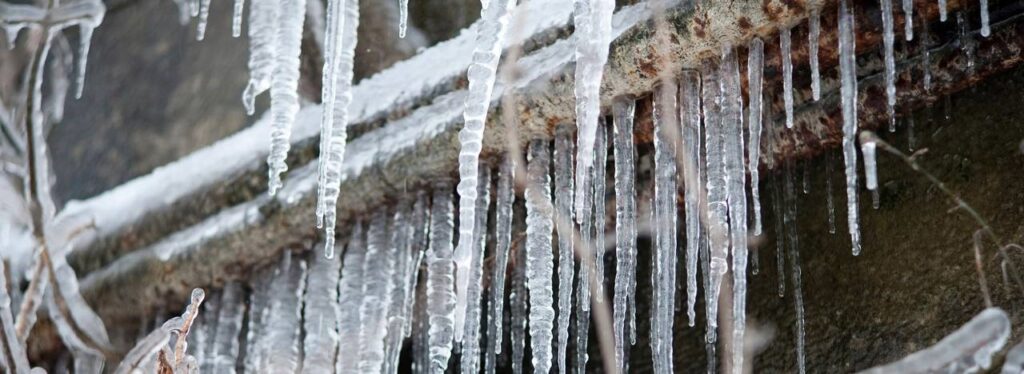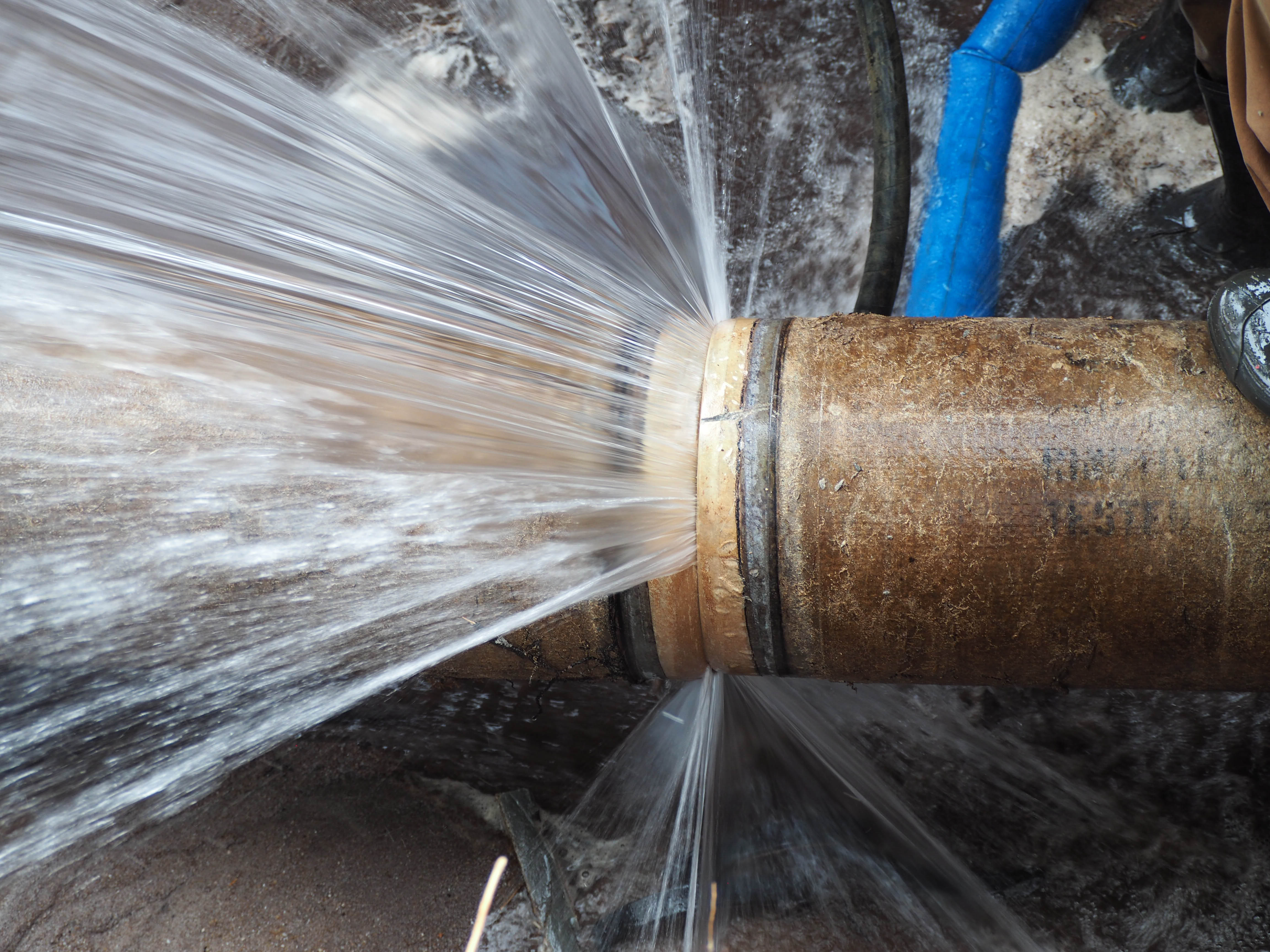How do you really feel when it comes to How to prepare your home plumbing for winter weather?

Cold weather can damage your pipes, particularly by freezing pipelines. Right here's exactly how to stop it from taking place and what to do if it does.
Introduction
As temperature levels drop, the risk of frozen pipelines increases, potentially causing costly repair services and water damage. Comprehending just how to avoid frozen pipelines is vital for property owners in cold climates.
Avoidance Tips
Protecting vulnerable pipelines
Wrap pipes in insulation sleeves or utilize warmth tape to secure them from freezing temperatures. Concentrate on pipelines in unheated or outside locations of the home.
Heating methods
Maintain interior rooms appropriately warmed, specifically locations with plumbing. Open up cabinet doors to permit warm air to flow around pipes under sinks.
Just how to identify icy pipelines
Try to find lowered water circulation from faucets, unusual odors or sounds from pipes, and visible frost on subjected pipelines.
Long-Term Solutions
Structural modifications
Consider rerouting pipes far from exterior walls or unheated locations. Include extra insulation to attic rooms, basements, and crawl spaces.
Updating insulation
Invest in premium insulation for pipes, attics, and walls. Appropriate insulation assists maintain regular temperatures and minimizes the danger of frozen pipelines.
Securing Outside Pipes
Yard hoses and exterior faucets
Detach and drain yard pipes before wintertime. Set up frost-proof spigots or cover outdoor faucets with shielded caps.
Understanding Frozen Pipes
What causes pipelines to ice up?
Pipes freeze when exposed to temperature levels below 32 ° F (0 ° C) for extended periods. As water inside the pipes freezes, it broadens, putting pressure on the pipe wall surfaces and possibly causing them to rupture.
Risks and damages
Frozen pipes can result in water supply disruptions, home damage, and pricey repair work. Burst pipes can flooding homes and cause comprehensive structural damages.
Signs of Frozen Water Lines
Determining frozen pipes early can prevent them from rupturing.
What to Do If Your Pipes Freeze
Immediate actions to take
If you think icy pipelines, maintain faucets open up to alleviate stress as the ice thaws. Use a hairdryer or towels taken in warm water to thaw pipelines gradually.
Verdict
Protecting against icy pipelines requires proactive measures and fast actions. By recognizing the reasons, indicators, and preventive measures, property owners can shield their plumbing during cold weather.
6 Proven Ways to Prevent Frozen Pipes and Protect Your Home
Disconnect and Drain Garden Hoses
Before winter arrives, start by disconnecting your garden hoses and draining any remaining water. Close the shut-off valves that supply outdoor hose bibs and leave the outdoor faucet open to allow any residual water to drain. For extra protection, consider using faucet covers throughout the colder months. It’s also important to drain water from any sprinkler supply lines following the manufacturer’s directions.
Insulate Exposed Pipes
Insulating your pipes is an effective way to prevent freezing. Pipe insulation is readily available at home improvement stores and is relatively inexpensive. Pay close attention to pipes in unheated areas such as the attic, basement, crawl spaces, or garage. Apply foam insulation generously to create a buffer against the cold. You can also wrap your pipes in heat tape or thermostat-controlled heat cables for added warmth.
Seal Air Leaks
Inspect your home for any cracks or openings that could let in cold air. Seal any holes around the piping in interior or exterior walls, as well as the sill plates where your home rests on its foundation. Additionally, make sure to keep your garage door closed unless you’re entering or exiting. Leaving it open creates a significant air leak that can lead to frozen pipes.
Allow Warm Air Circulation
During cold snaps, it’s essential to allow warm air to circulate evenly throughout your home. Leave interior doors ajar to promote better airflow. Open kitchen and bathroom cabinets to help distribute heat consistently around the rooms. If you have small children or pets, be sure to remove any household chemicals or potentially harmful cleaners from open cabinets for safety.
Let Faucets Drip
A small trickle of water can make a big difference in preventing ice formation inside your pipes. When temperatures drop significantly, start a drip of water from all faucets served by exposed pipes. This continuous flow helps prevent the water from freezing. Additionally, running a few faucets slightly can relieve pressure inside the pipes, reducing the chances of a rupture if the water inside does freeze.
https://choateshvac.com/6-proven-ways-to-prevent-frozen-pipes-and-protect-your-home/

We were introduced to that report on Winter Plumbing Precautions: Preventing Frozen Pipes from an acquaintance on another web blog. Are you aware of somebody else who is intrigued by the niche? Why not promote it. Thank-you for taking the time to read it.
Browse Website